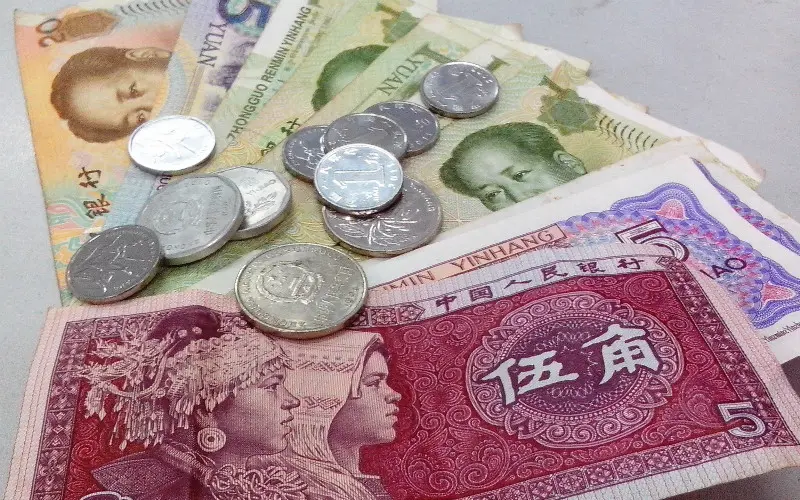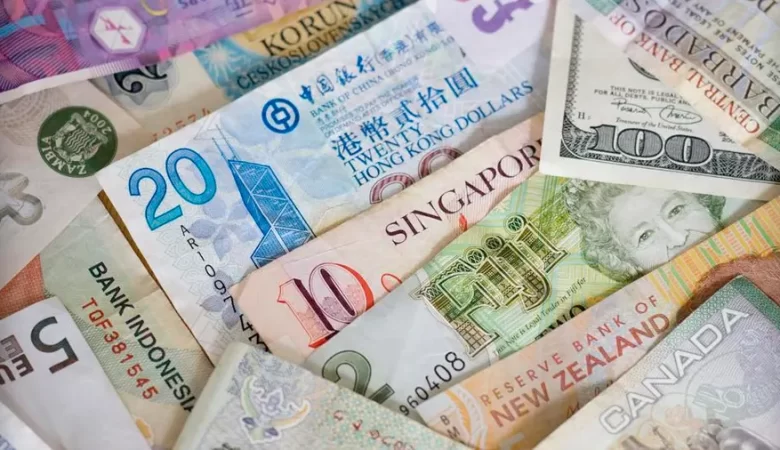Few of the inhabitants of the post-Soviet space plan to move to Hong Kong, not related to a new job or running their own business. However, sightseeing trips and business trips are far from uncommon for this autonomy of China. Regardless of the purpose of the trip, a foreigner is constantly interested in the Hong Kong currency, the exchange rate and the best ways to exchange it.
A Brief History of the Hong Kong Dollar
In 1895, the Hong Kong authorities at the legislative level determined their own monetary policy, revealing to the world the Hong Kong dollar, for which the letter designation HKD is adopted in the international classification. Contrary to common practice, it was decided to abandon the gold standard in favor of silver coins. The choice of materials for minting money was dictated by the economic and mental connection with China.
Until 1993, the composition and design of the coins changed several times. In particular, it was customary to mint on the obverse a portrait of the monarch of Great Britain, under whose protectorate part of Hong Kong was until 1997. Since the transfer of the former British colony under the sovereignty of China, the bauhinia flower depicted on the flag of the current autonomy has appeared on the coins.
After the abolition of the silver standard in 1935, Hong Kong’s currency was first pegged to the pound sterling (one HKD = 15 pence), and after 1983 changed its benchmark to the US dollar.
Since 1997, three international financial institutions have the right to issue Hong Kong dollars at once: The Hongkong and Shanghai Banking Corporation Limited, Standard Chartered Bank, Bank of China.
Token coins and 10-dollar bills are issued by the government of the autonomy. Bank notes of different manufacturers differ in design, but they have the same circulation throughout Hong Kong.
Variety of banknotes and coins
Hong Kong banknotes To date, up to six different banknotes have been released into free circulation in denominations of 10, 20, 50, 100, 500 and 1000 HKD, coins of 1, 2, 5, 10 dollars and 10, 20, 50 cents. Depending on the issuer, Hong Kong banknotes may include the image of a lion head, a dragon, and the Bank of China tower in Hong Kong.
Relatively recently, in 2002, the government of the autonomy began to issue a paper bill of 10 dollars. And since 2007, the money supply has been supplemented by a polymer ticket of the same denomination.
According to the background information of the Hong Kong Monetary Authority, two series of metal coins have free circulation: with the image of Elizabeth II and the bauhinia flower. The latter was issued in 1993 in order to replace the already unreleased series with a royal portrait.
Currency exchange in Hong Kong
Hong Kong coins One of the first tasks of all visitors is to choose the right place where to change money in Hong Kong. Traditionally, at the places of arrival in the autonomy (railway station and airport), the exchange rate is frankly unfavorable. An experienced traveler either refuses to exchange or makes transactions within 100 US dollars.
You should not change more than the cost of travel to the hotel plus payment for the first night of your stay, if this has not been done in advance.
In the daytime, usually from 7.00 to 20.00 hours, finding an exchanger in the city will not be a problem. You can buy HKD at bank branches, but they will charge a commission for the fact of a transaction (50-100 Hong Kong dollars), although the rate can be very attractive.
It is best to look for classic commercial points in complexes such as Chungking Mansions. In the local exchangers you can buy currency without paying a commission. Some of the points even have their own website, where up-to-date information about the exchange rate for every day is posted.
In any of the branches of the network, you can exchange the Hong Kong dollar for rubles and 22 other currencies of different countries.
If a tourist has the opportunity, it is better to spend time before leaving and get an international Visa or MasterСard card.
In addition, HSBC ATMs have an automatic conversion function when withdrawing cash. Losses from currency exchange will depend only on the tariffs of the plastic card issuing bank.
What money is better to take with you to Hong Kong
After reunification with China, Hong Kong received the rights of the broadest autonomy until 2047. As part of the “one country – two systems” course, the territory gained independence, including in the conduct of monetary policy. Therefore, the only legal settlement currency here is the Hong Kong dollar.
Russian tourists who decide with what currency to go to Hong Kong need to take into account a few nuances:
if there are savings in USD or EUR, then it is better to exchange them upon arrival at the place, and not at home (this way you can avoid double exchange);
the exchange rate of the Russian ruble in Hong Kong exchange offices is very unfavorable, so you should look for exchange options in Russia or use non-cash means of payment;
although the HKD/USD exchange rate is conditionally fixed, the practice of direct settlement in US dollars is not common.





